Gmoji
Year 2019
Title Gmoji
Leader Ana M. Bernardos
Strategic Areas Health and Wellbeing support
Funding Entity EIT Digital
According to the World Health Organization European Region, there is a high and increasing rate of mental and behavioral health problems in adolescents. The latest Health Behaviour in School-aged Children Survey reports that 29% of 15-years-old girls and 13% or 15-year-old feel “low” more than once a week, and suicide is the leading or second cause of death among youngsters (10–19 years old) depending on their income in the European Region. This occurs at the same tame that healthcare budgets shrink or at least are not enough to provide timely help to all the target population.
This is the context that has motivated G-Moji Project, an EIT-funded activity in which IPTC-UPM, together with Garage2020 and CWI in The Netherlands aim at providing a mobile-based solution that enables to better understand the links between both digital and physical behavior and emotional state. The final objective is to deliver a complementary tool to be used both in clinical pathways and informal care to contribute to early detection, prediction and evaluation of the youngster’s mental status, in order to prevent crisis and better tune interventions and treatments. IPTC-UPM is in charge of the preliminary data analysis, sensing, data collection and visualization technology. A large trial (around 500 users) is conducted these days under a specific campaign for G-moji. On the collected data, exploratory analysis and advanced pattern recognition techniques are being used to design personalized prediction models. Even if yet difficult and with strong privacy constraints and implications, the idea of detecting risky anomalous behaviors only through mobile data may be extremely useful to tailor treatment and help to youngest adults.




